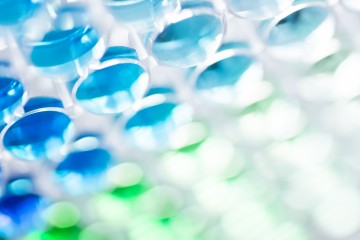PhD Studentship
Recapitulating the adult stem cell and cancer stem cell niche in vitro using 3D engineered matrices

At a glance
Completed
Award date
October 2013 - March 2017
Grant amount
£90,000
Principal investigator
Professor Christine Watson
Institute
University of Cambridge
R
- Replacement
Read the abstract
View the grant profile on GtR
